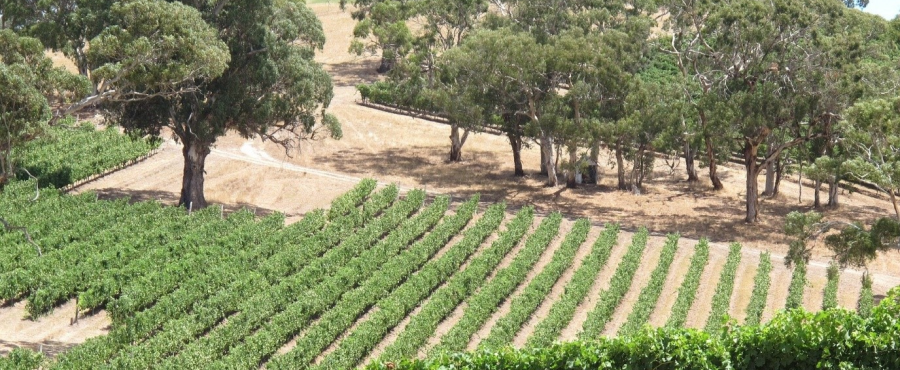Climate Change in Australia
Climate information, projections, tools and data

South Australia's Changing Climate
South Australia is already experiencing the impacts of climate change. The climate of South Australia is projected to continue to change into the future.
Climate change projections of Australia’s future climate are delivered at a national level through the Climate Change in Australia website. In addition, state-based climate projections for South Australia are delivered by the Government of South Australia through the SA Climate Ready initiative. These state-based projections are provided for individual weather stations across South Australia and may better represent local climate. While the methodologies for producing the national and state-based projections differ, the resulting information about the changing climate is broadly consistent.
For more information and data on South Australia regional climate projections, please visit the SA Climate Ready website .
The climate statements below are largely based on the national projections data provided through the Climate Change in Australia website, and on past observational data from the Australian Bureau of Meteorology. Projections are focused on mid-century (2040-2059) relative to 1986-2005 (unless otherwise stated), in line with baselines used by the Intergovernmental Panel on Climate Change Fifth Assessment Report (IPCC AR5). Projections are based on a high emissions scenario (RCP8.5), and averages refer to the average of projected changes across the whole State.
South Australia is already experiencing the impacts of climate change:
- All of South Australia has warmed since 1910. Average annual temperature has increased by 1.6 °C since 1910.
- Since 1900, winter rainfall has declined and summer rainfall has increased over most of southern Australia. There has been a persistent decline in rainfall in the state’s southern agricultural areas1.
- The number of days with dangerous weather conditions for bushfires has increased across the region.
The climate of South Australia is projected to continue to change over the coming decades. By mid-century, the following changes are projected:
- South Australia will continue to get hotter into the future.
- Under a high emissions scenario (RCP8.5), South Australia can expect an average annual temperature increase of around 1.3-2.2 °C (central estimate of 1.9 °C).
- Large and sustained reductions in global greenhouse gas emissions (RCP2.6) reduce projected warming to around 0.7-1.4 °C (central estimate of 1.0 °C).
- The number of very hot days2 (>40 °C) will increase from approximately 2 to 6 days per year in Adelaide, and from approximately 24 to 46 days per year in Coober Pedy.
- By mid-century under a high emissions scenario3:
- The climate of Adelaide may become more like the current climate of Kadina (SA); and
- The climate of Port Augusta may become more like the current climate of Leigh Creek (SA).
- South Australia can expect longer fire seasons, with around 40% more very high fire danger days.
- Sea levels are projected to rise by around 24 cm along the South Australian coast4.
- Extreme rain events in South Australia are projected to become more intense.
- Rainfall across South Australia is likely to continue to decrease in the future, especially in the cool season. However, large natural variability exists.
Further reading and resources:
- SA Climate Ready
- Climate change science and knowledge plan for South Australia (PDF download)
- Guide to climate projections for risk assessment and planning in South Australia (PDF download)
- Tracking changes in South Australia’s environment – trend and conditions report cards 2018 (PDF download)
- Earth Systems and Climate Change Hub
- Bureau of Meteorology, Climate change – trends and extremes
- State of the Climate (CSIRO & BoM)
- IPCC Fifth Assessment Report, The Physical Science Basis
----
Notes
1 Tracking changes in South Australia’s environment – trend and conditions report cards 2018, Government of South Australia Department for Environment and Water (PDF download).
2 Compares 2036-2065 with 1981-2010. For more information, access the Climate Change in Australia Thresholds Calculator tool.
3 Climate Change in Australia Climate Analogues tool.
4 Average of SA coastal council values from CoastAdapt .
------------
Page last updated 14th March 2021



